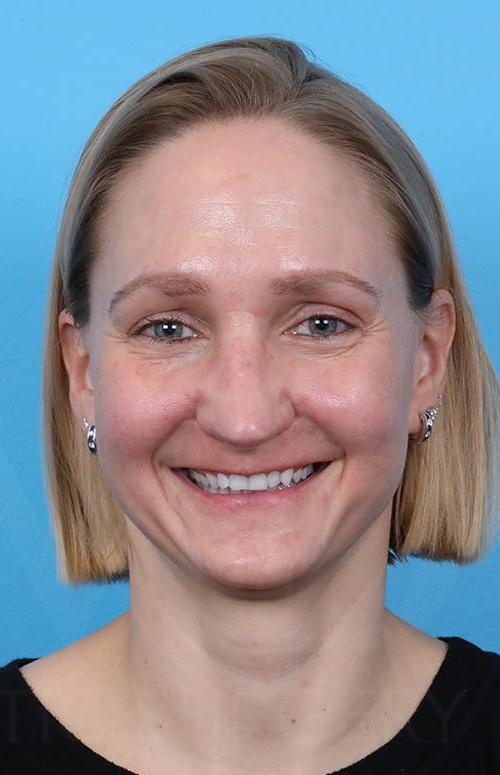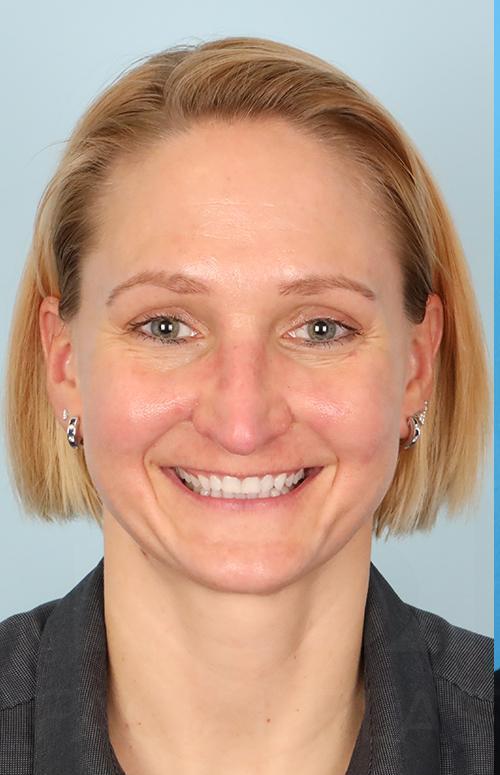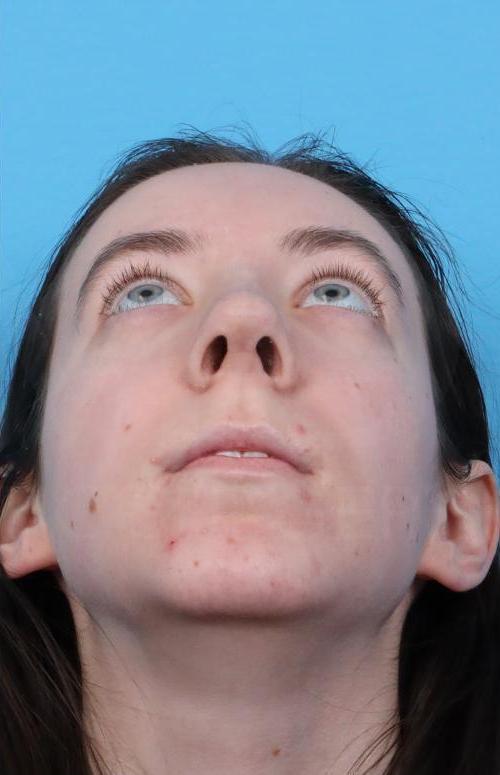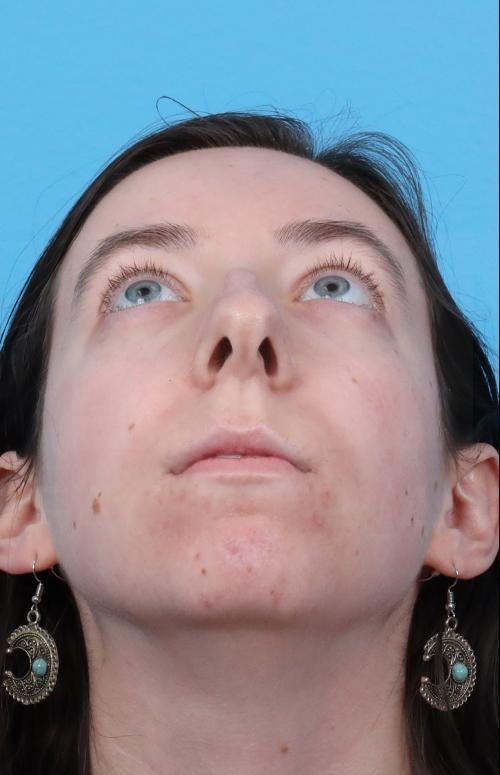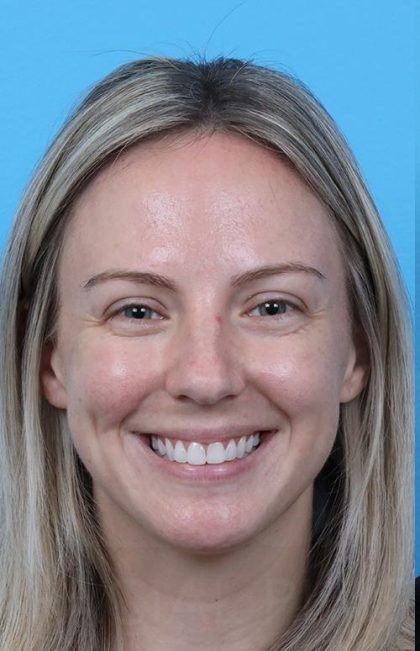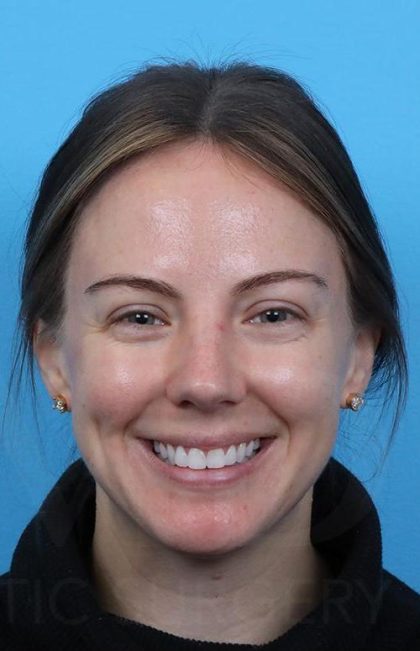Upper Blepharoplasty
Conveniently located to serve the areas of Lake Forest, Glenview and Grayslake, IL
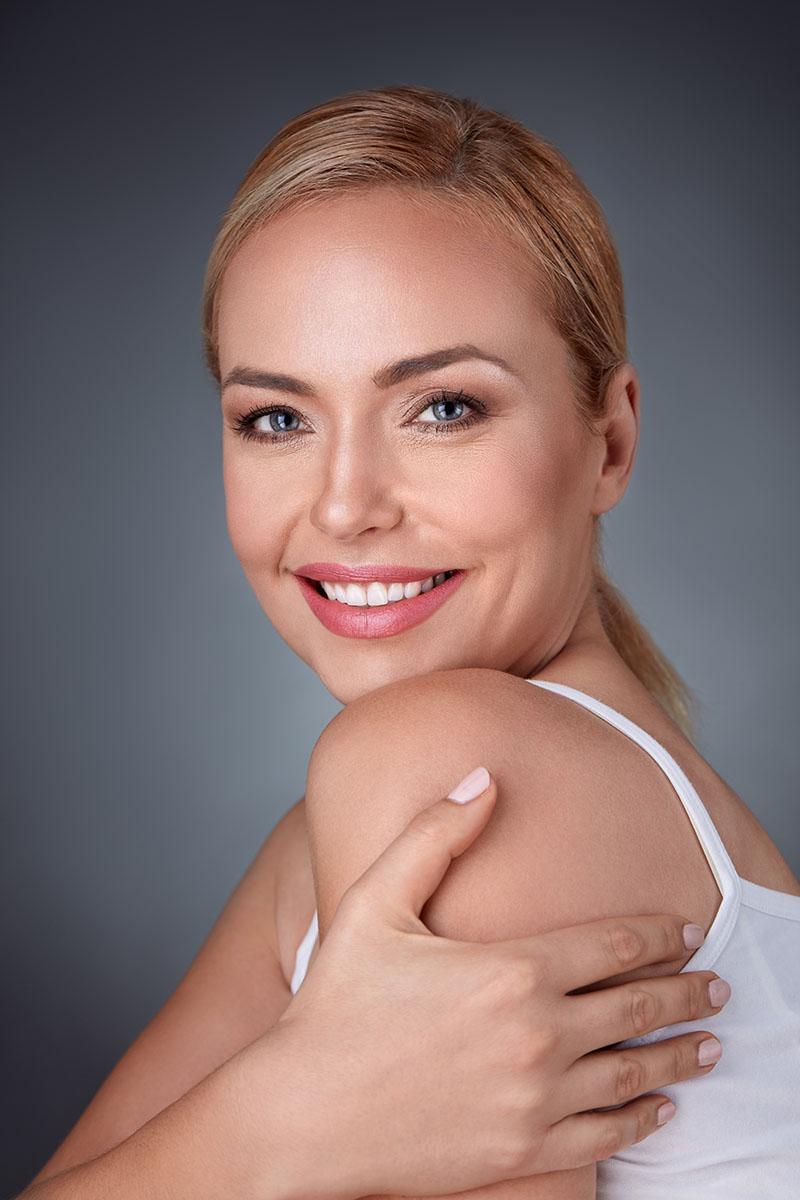
Upper blepharoplasty is a surgical procedure designed to remove excess skin and fat from the upper eyelids, rejuvenating the eye area and improving vision in some cases. This procedure addresses concerns such as droopy eyelids and puffiness, resulting in a more alert and youthful appearance. Our surgeons use meticulous techniques to ensure subtle and natural-looking results, enhancing the beauty of your eyes while maintaining their natural expression.
At Illinois’ Northwestern Medicine, both Dr. Liza M. Cohen and Dr. Karthik Shastri are experienced with upper blepharoplasty. Dr. Cohen is a board-certified, American Society of Ophthalmic Plastic and Reconstructive Surgery (ASOPRS) fellowship-trained ophthalmic plastic surgeon who specializes in eyelid surgery, and Dr. Shastri is a board-certified, fellowship-trained facial plastic surgeon who specializes in facial rejuvenation and facial reconstructive surgery.
If you would like to improve your appearance with a customized treatment, please take a moment to schedule a consultation. If you have any pressing questions or would prefer to schedule your appointment over the phone, please do not hesitate to call Dr. Cohen at (847) 535-6440 or Dr. Shastri at (847) 535-6464.
Contents
About Upper Blepharoplasty
Upper blepharoplasty is a cosmetic procedure designed to enhance the appearance of the upper eyelids. This surgery is commonly sought after by individuals who desire to rejuvenate their eye area, which can be adversely affected by aging, genetics, or lifestyle factors. Sagging eyelids can make one appear tired or older than they truly are, impacting self-esteem and confidence. (1) Upper blepharoplasty is an effective surgical intervention that refreshes the eyelid aesthetics by removing excess skin, fat, and muscle from the upper eyelids. Patients often undergo this procedure to achieve a more youthful and alert appearance while enhancing their overall eye contours. Many people experience sagging eyelids due to age-related factors, including loss of elasticity and the effects of gravity. Additionally, genetic predispositions may create pockets of excess fat in the upper lids, leading to a heavy or tired look. (1) Upper blepharoplasty not only potentially addresses functional issues like obstructed vision but also significantly improves a person’s cosmetic appearance.
Benefits
A personalized eyelid surgery treatment plan can yield many different benefits for patients. At Northwestern Medicine, our team of expert providers helps patients see improvements through:
- Enhanced appearance: The procedure offers a fresh, youthful look by eliminating sagging skin and unwanted fat.
- Improved field of vision: In cases of severe sagging, lifting the eyelids can improve peripheral vision.
- Boosted confidence: A revitalized eye area often leads to increased self-confidence and reduced self-consciousness.
- Long-lasting results: While aging will continue to affect the skin, the substantial aesthetic benefits of this treatment can last for years.
- Minimal scarring: Incisions are made in discreet areas, ensuring minimal visibility post-recovery.
- Customized treatment: The surgeon can carefully tailor the procedure to fit individual facial anatomy and personal preferences.
- Natural-looking outcomes: With advanced techniques, results appear subtle yet transformative.
Candidates
Candidates for upper blepharoplasty typically include men and women who experience excess skin causing sagging eyelids, puffiness or bags, vision obstruction caused by drooping eyelids, and low confidence due to aging appearance. The ideal patient is generally in good health and has realistic expectations about the procedure’s outcomes. A consultation with board-certified plastic surgeons Dr. Cohen or Dr. Shastri can help determine if this surgery is right for you.
Personal Consultation
Your journey begins with a personal consultation at one of the Northwestern Medicine facilities in Glenview, Grayslake, or Lake Forest, Illinois. During this meeting, Dr. Cohen or Dr. Shastri will have an in-depth discussion about your medical history and aesthetic concerns. A thorough examination of your eyelids will help assess skin elasticity and the degree of sagging present.
It is crucial to share your specific goals, as this will allow your surgeon to recommend the most appropriate surgical approach. You will also have the opportunity to ask questions about the procedure, recovery, and expected results.
Preparation
After scheduling your upper eyelid surgery, you will receive specific preoperative instructions. Each patient’s specific preparation requirements may vary slightly depending on their goals and medical history, but common preparations include discontinuing medications that can thin the blood, such as aspirin or anti-inflammatory drugs; avoiding nicotine use to promote healthy healing post-surgery; arranging for someone to drive you home after the procedure; and allocating time off work to ensure proper rest following surgery. We generally advise patients to request more time off than they think is necessary to allow ample time for recovery.
Procedure
During an upper blepharoplasty, your surgeon will place incisions along the natural fold of the upper eyelid, allowing them to remove excess skin and fat. They will place the incisions strategically to minimize visible scarring after the procedure. The entire procedure usually takes about 45 minutes to an hour, depending on individual requirements.
Recovery
Following upper blepharoplasty, patients can expect swelling, soreness, and bruising for several days. Cold compresses and light walks can help facilitate the dissipation of swelling. When resting, you must keep your head elevated. Any mild discomfort can be managed with prescribed pain medications which should be taken as instructed. Approximately one week after treatment, patients will have a follow-up appointment so that our team can monitor the healing progress. Most individuals can return to light activities after one week, with exercise often permitted after about 4-6 weeks. Activities involving rapid head movements should be avoided until your surgeon indicates you have healed sufficiently.
Results
After recovery, patients can enjoy refreshed and youthful-looking eyes. A well-performed upper blepharoplasty can dramatically change one’s facial appearance, offering a brighter and more alert expression. Results are generally long-lasting, and any visible scarring becomes less noticeable over time. It is important to note that the natural processes of aging will continue to affect the skin around the eyes after an upper blepharoplasty.
Corresponding & Complementary Procedures
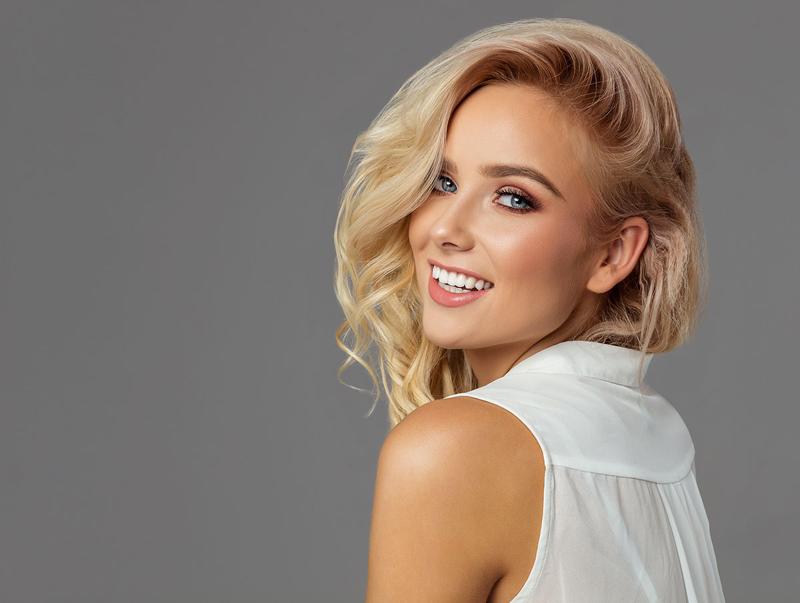
Northwestern Medicine offers many different rejuvenation procedures, including facelifts, body lifts, arm lifts, and more. One of the most common procedures performed alongside eyelid surgery treatments is the brow lift. As the eyelids sag, it is common for the forehead skin to sag and affect the facial appearance as well. When combined with an upper blepharoplasty, brow lifts offer enhanced rejuvenation and long-lasting results.
Patients may also receive a lower blepharoplasty at the same time as an upper blepharoplasty for more comprehensive rejuvenation. A lower blepharoplasty, or lower eyelid lift, can rejuvenate the under-eye area by addressing sagging, wrinkly under-eye skin, or puffy eyebags caused by prolapsed fat pads. Your surgeon can remove excess tissue during a lower eyelid lift with a discreet incision just below the lower lash line, or a less visible incision inside the lower eyelid. The most effective incision placement for you will depend on your aesthetic goals and individual situation.
Cost of Upper Blepharoplasty in Chicago
The total cost of your upper blepharoplasty will depend on the issues being treated, the scale of the procedure, the methods employed in treatment, your medical history, and a few other factors. When you meet with Dr. Cohen or Dr. Shastri for an initial consultation, you will receive an accurate cost estimate that reflects all necessary measures. If you are ready to discover how upper blepharoplasty can enhance your appearance and boost your confidence, contact Dr. Cohen at (847) 535-6440 or Dr. Shastri at (847) 535-6464 or complete our online form.
FAQ
What is the best age for receiving upper blepharoplasty?
There is no strict age recommendation for undergoing upper blepharoplasty, but most patients seeking this surgery are typically over the age of 30. However, younger candidates may also pursue the surgery if they are seeking facial rejuvenation. Eligibility for this procedure will be determined during your personal consultation.
Is upper blepharoplasty safe?
When performed by a board-certified plastic surgeon like either Dr. Cohen or Dr. Shastri, upper blepharoplasty is considered a safe and effective procedure. Complications are rare and can be managed effectively if they arise. Your surgeon will discuss any risks associated with the procedure with you during your personal consultation.
Will I experience pain after upper blepharoplasty?
Patients may experience mild discomfort after their procedure. However, this is usually manageable with prescribed medications. Severe pain is uncommon. Many patients are surprised by how minimal the discomfort is after their procedure.
When will I see the final results of my upper blepharoplasty?
While initial swelling will subside within a couple of weeks, final results become evident after three to six months once all healing elements resolve.
Can I combine upper blepharoplasty with other procedures?
Yes, many patients choose to combine upper blepharoplasty with other cosmetic procedures, such as facelifts or brow lifts, to achieve a more comprehensive facial rejuvenation. The upper eyelid lift can also be performed at the same time as a lower eyelid lift.
References
- Patel BC, Malhotra R. Upper Eyelid Blepharoplasty. PubMed. Published 2020. https://www.ncbi.nlm.nih.gov/books/NBK537078/
- Rebowe RE, Runyan C. Blepharoplasty. PubMed. Published 2022. https://www.ncbi.nlm.nih.gov/books/NBK482381/
